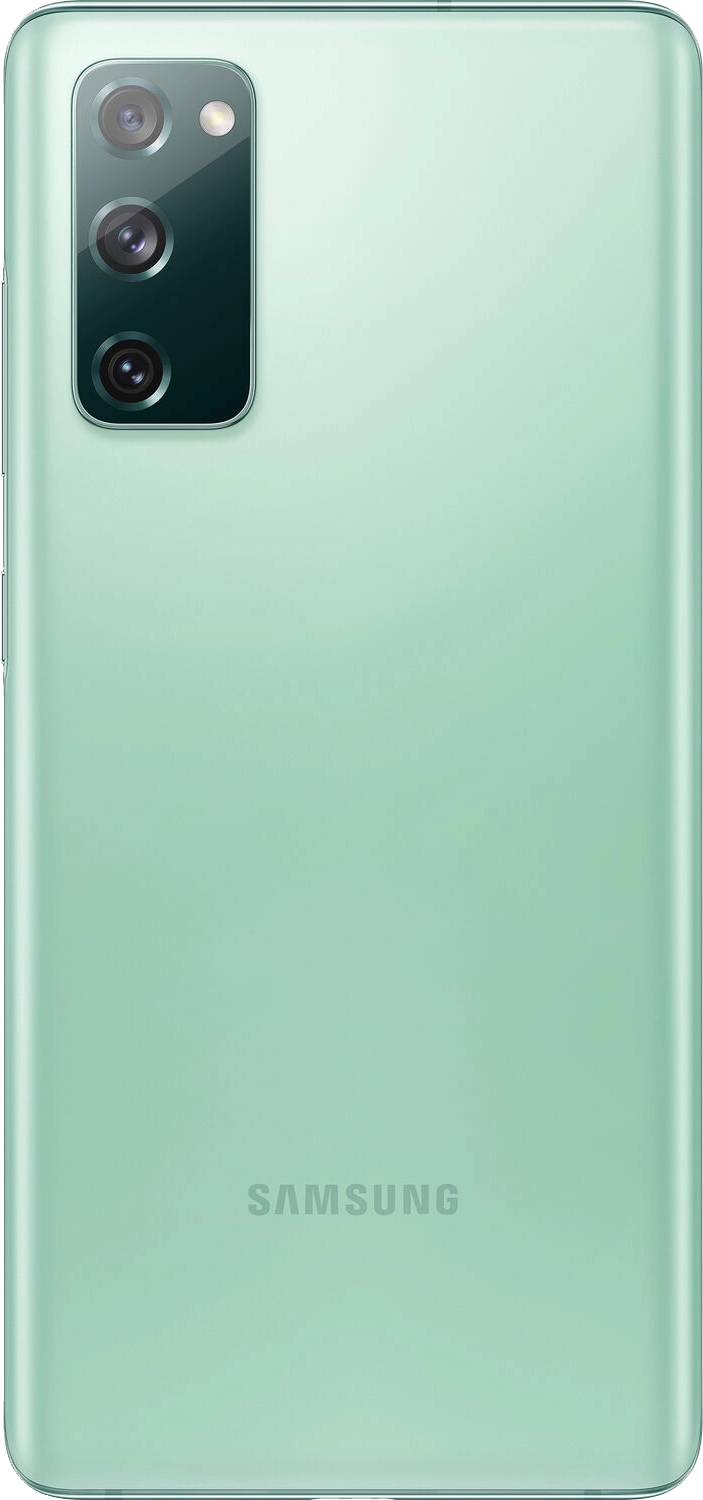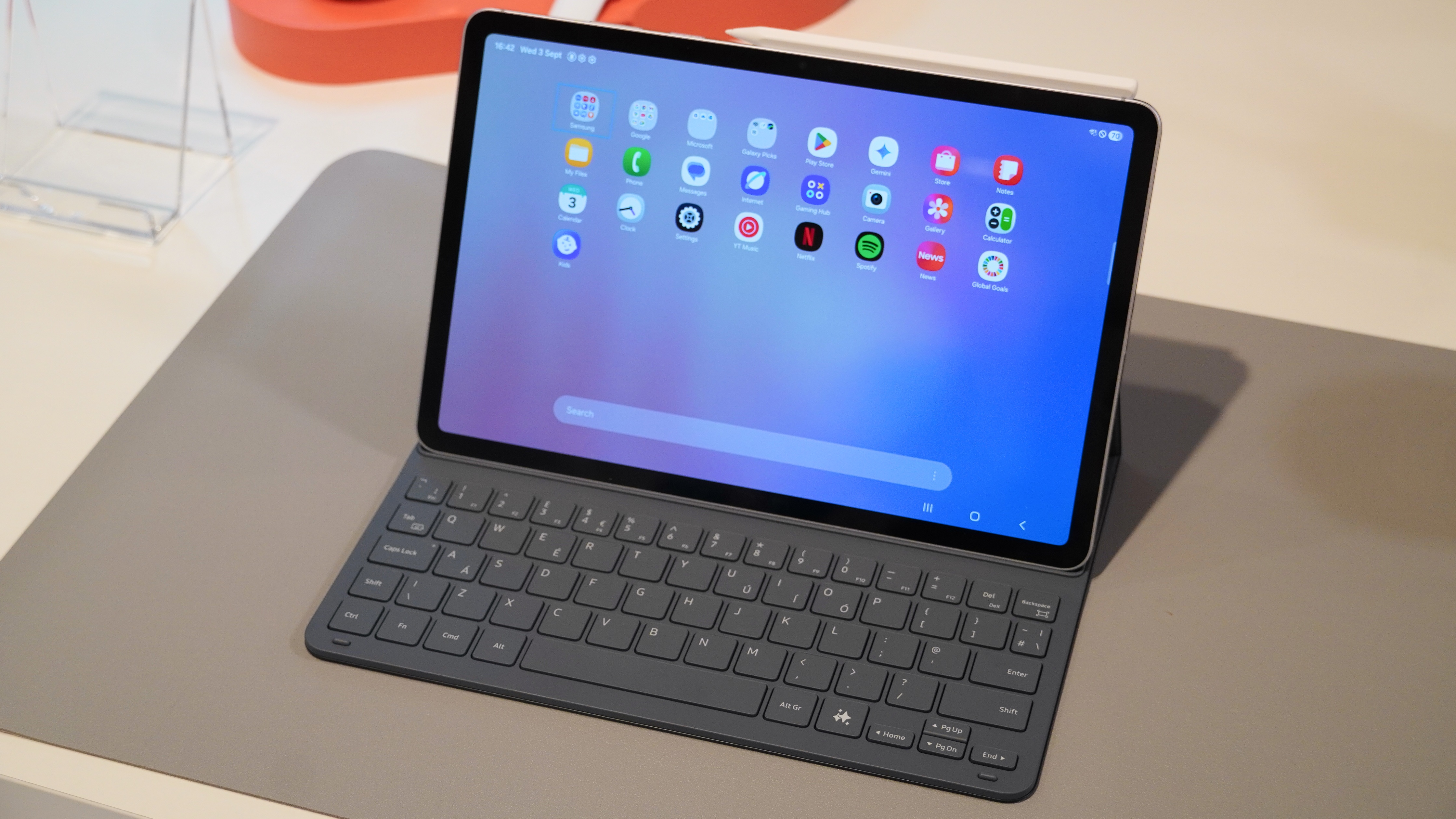Here's why budget phones in the U.S. are trailing behind the rest of the world
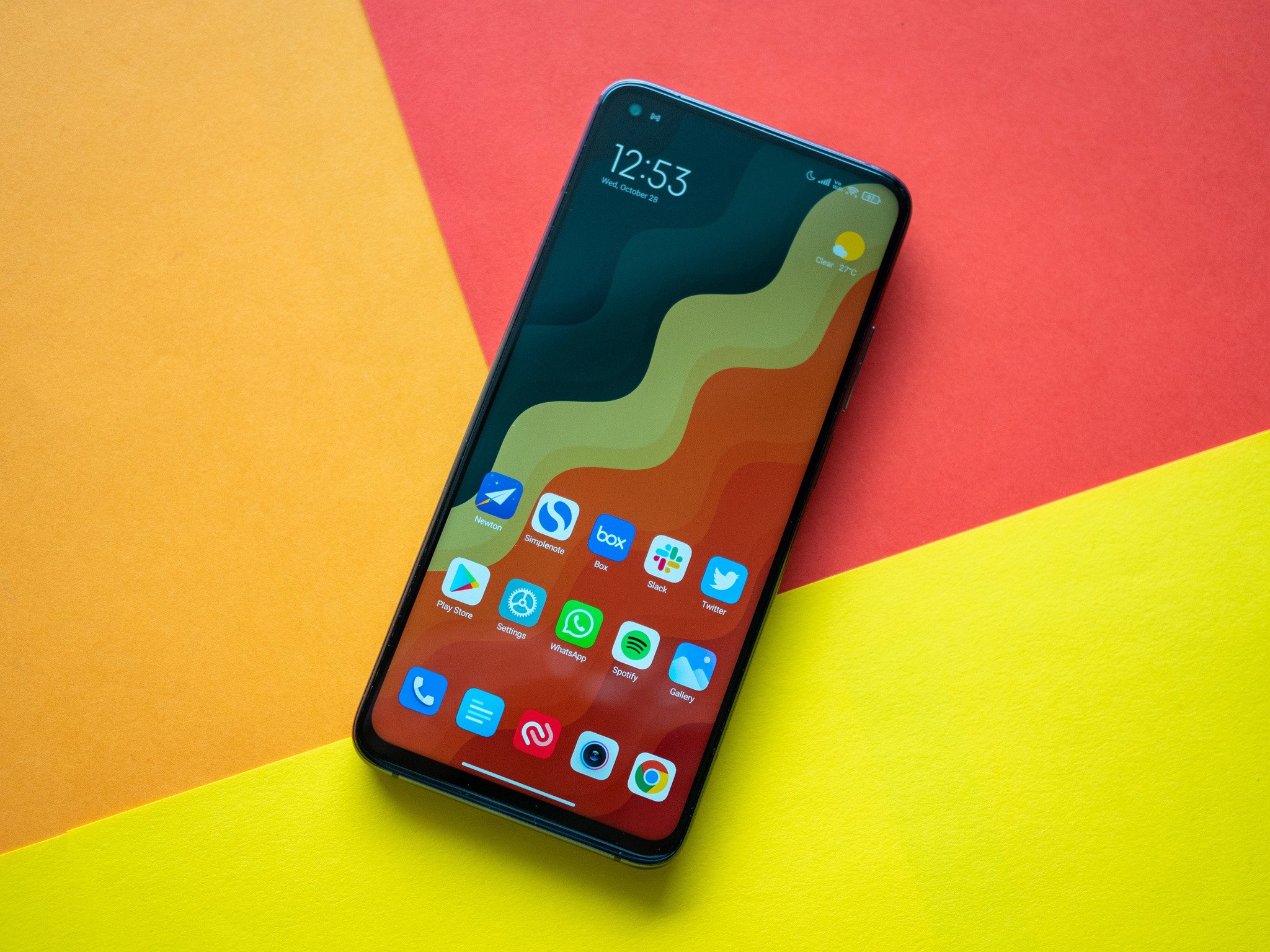
The "budget" market of cheap Android phones is booming in 2020 across the globe as the world economy is under strain from the COVID pandemic. But one thing hasn't changed, and you'll find phones without flagship prices in Asia that are as good or better than what $1,000 will get you in the west.
Budget doesn't only mean the very cheapest goods available, something Samsung showcases with the Galaxy S20 FE — a phone that reaches well above its price point in every way. This segment of phones in the $450-$700 range is particularly where we see a large difference in what you can buy in the U.S. compared to other places worldwide.
The reason why things are this way is an ease to answer, but why those answers are the right ones isn't so simple as it appears on the surface.
How we buy phones
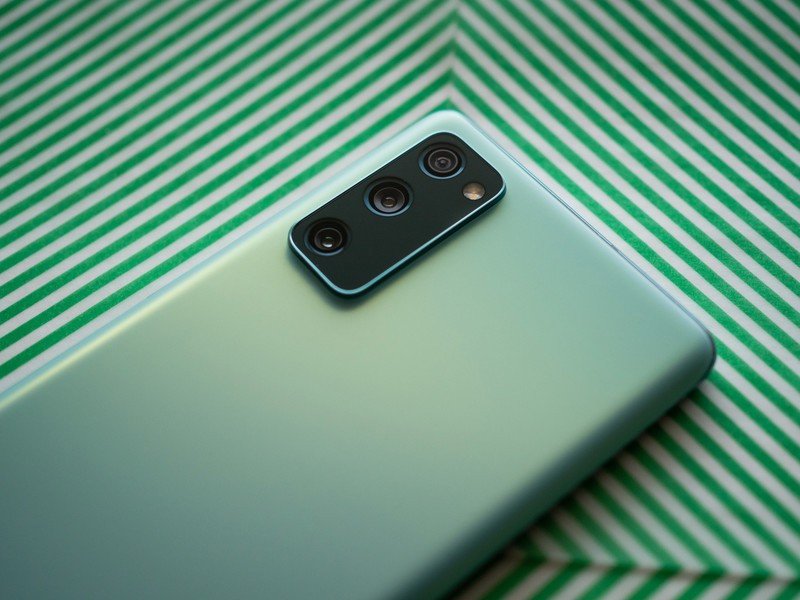
I'm going to reach into a hat and grab the name of a large-scale phone maker from Asia and talk about Xiaomi. To be sure, Xiaomi isn't unique in any of what I'm about to say, but it is a great example of a brand that U.S. carriers just don't care about.
Xiaomi phones are as great as Samsung's phones, but carriers aren't interested.
On the surface, this is crazy. Xiaomi makes phones that are powerful, incredibly well-built, full of innovation, and built with the latest available hardware. To top it all off, they are always a few hundred dollars cheaper than anything comparable and usually even less expensive. They are great products.
But Xiaomi is not a name that the average consumer in the U.S. gets excited about. The next time you walk into a carrier store, take notice of phone placement and advertising. You'll quickly see that any phone not made by Samsung or Apple isn't getting an equal amount of love from the store selling it. That's because Samsung and Apple are brands that are easy to sell based on name recognition.
Samsung and Apple make great phones, but they aren't really any better than Xiaomi offers outside of brand recognition. People know that Samsung and Apple make good phones because they have bought a Samsung or Apple phone in the past. Carriers know that phones from Samsung and Apple come with a built-in market effect that makes them easy to sell.
Get the latest news from Android Central, your trusted companion in the world of Android
Since people buy phones from carriers in the US, we only see models with brand-recognition.
This matters because of the way people in the U.S. buy phones. While many manufacturers offer to finance a new phone, most buyers are financing through their carrier. Carriers want to make it easy to walk out the door with a new phone that keeps you as a customer for 24 more months. The easy way to do it is to offer the latest phones from names that customers know and trust.
If this were the opposite and carriers sold more phones upfront, there would be an incentive to offer phones from Xiaomi that deliver where it counts and take it easy on your wallet. This is how things are done in most of the world — you buy a phone that works on the network you want to use and only pay the carrier for service. It's why you see companies like Xiaomi focusing on countries other than the U.S.
A product ecosystem
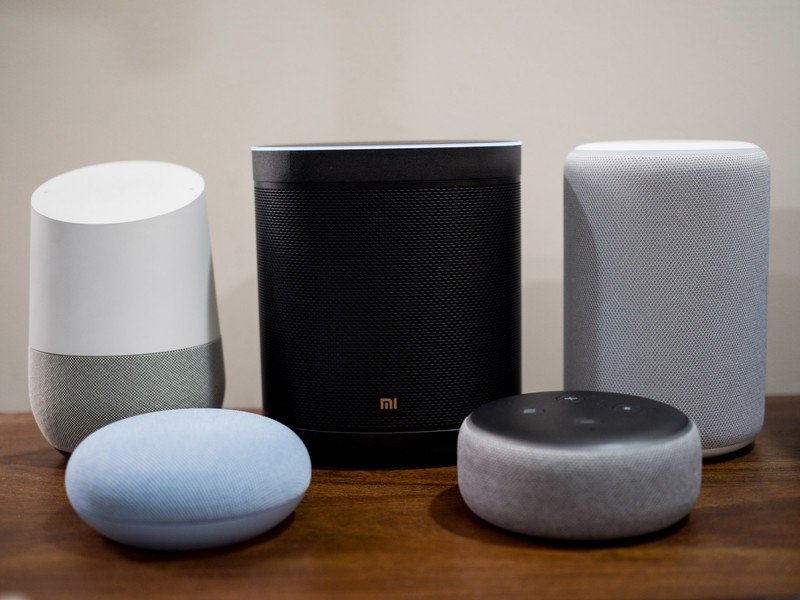
Xiaomi happens to be the best example here, but other companies like OnePlus come to mind as well.
If your company offers plenty of other things related to the phone that you are also selling, you can charge less for that phone. Xiaomi offers the standard accessories you think about here, like chargers and cases, but it also has so many other products that can be part of its ecosystem.
Things like robot vacuums and smart speakers can complement a new phone purchase.
Smart lights, smart vacuums, and smart speakers are just some of the other products that Xiaomi offers. The thought is that you'll either buy the cheaper phone first and find out you like the brand or that you'll buy something like a smart desk lamp and like the brand. This is also something we see in the U.S., but it doesn't work as well because each of the pieces is more expensive. A Xiaomi smart wireless speaker isn't nearly as expensive as a Google Nest Audio. You don't get that same idea of great value and great product when any part of the equation is on the expensive side.
Of course, things like a Xiaomi bedside light need to be well made and work as expected, so Xiaomi isn't skimping when it comes to quality —- it's just doing things cheaper because it can.
How (and where) it's made
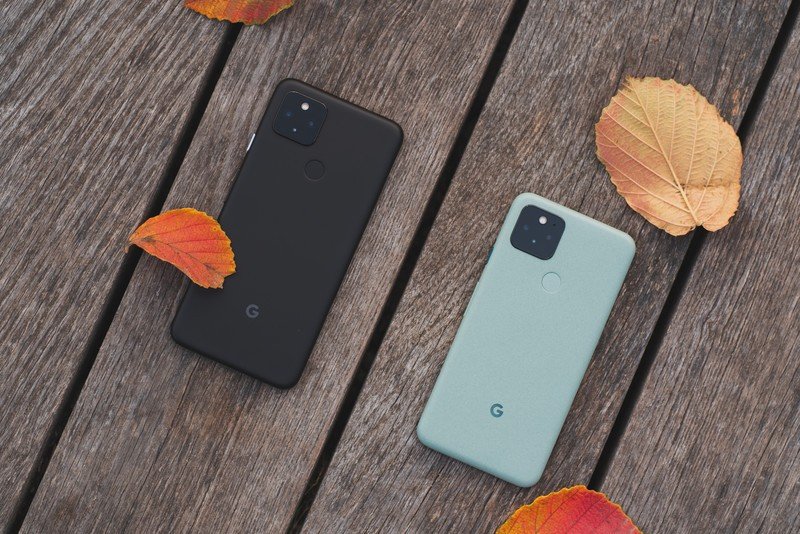
Let's talk about the "5G tax" as well as the "Verizon tax" for a minute.
Both these terms get thrown around as if they are the sole reasons phones have become so expensive in the U.S. There are many other factors that we'll look at, but the fact is that both of these "taxes" do make phones more expensive.
The "5G tax" and "Verizon tax" aren't really as much of a thing as we make them out to be.
The problems start when you think a little harder about what these terms mean. The so-called 5G tax claims that phones cost more because they need to be 5G-ready. But phones in Asia that are hundreds of dollars cheaper are also 5G enabled. This was more accurate when the first 5G Qualcomm chips became available, but at the end of 2020, it's not really a thing. Or at least not as big of a thing as we all like to think.
The "Verizon tax" idea is that a phone that is going to be sold to work on Verizon's network has to have Verizon's mmWave 5G enabled. Yes, this is a real thing, and yes, it does increase the cost of a phone. But AT&T and T-Mobile also have mmWave 5G networks that are expanding now or will be soon, and phones that work on these carriers will also need the right hardware to work on the right spectrum bands. The Verizon tax is a real thing when you look at something like the Google Pixel 5, but in 2021 it's just not going to matter.
A larger factor is the actual tax by way of tariffs charged on foreign goods.
But location does matter in other ways. Look to India for a great example. Companies that want to sell a phone in India either need to make it in India or pay extra fees to import it into the country. Apple is opening a plant in India for this very reason, and other companies like OnePlus have already done so.
But the U.S. works exactly the same way — goods coming in from another country have tariffs that must be paid because they aren't made in the U.S. Companies are willing to get around the issue in India because building factories and assembly plants there is a good idea that quickly becomes profitable. Unfortunately, there isn't as much profit in manufacturing in the U.S., so no companies are looking to open huge assembly plants here. Look at the Foxconn deal from three years ago. The one that never happened. Companies that manufacture or assemble goods can make more money by doing it outside of the U.S.
This isn't as noticeable when you're spending $25,000 or more on a car or even $5,000 on a new heat pump. But you see the difference on something priced around the $700 sweet spot.
All these factors come into play in one spot — the price. This is why a phone with the latest specs and an amazing display can cost the equivalent of $650 in India or China when the same phone would cost well over $850 in the U.S.
A perfectly bad storm
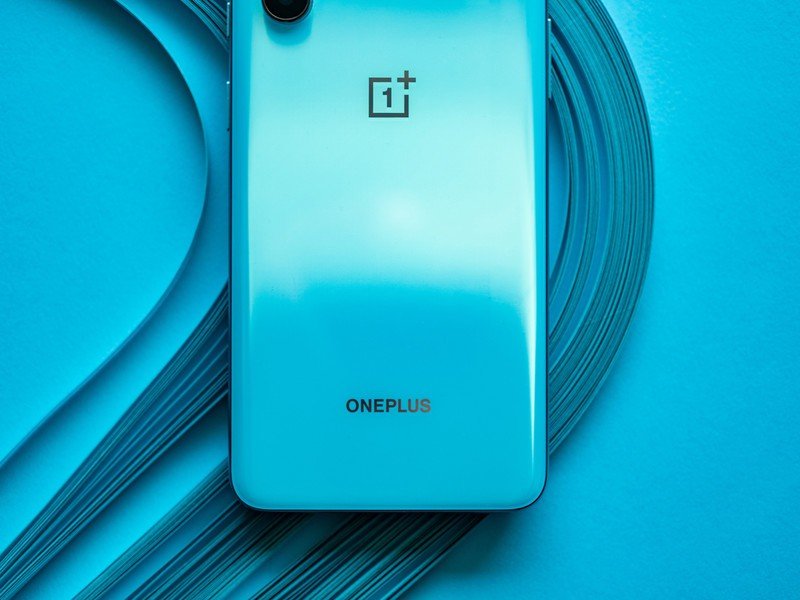
There is no one factor that makes phones cost more in the U.S., especially with the budget models, where you can notice it easily. It's a matter of how the different markets work and simple costs of import and meeting carrier demands that turn the $650 budget phone with flagship specs into another expensive flagship model in the U.S.
To offset this, budget becomes something different in the States. It means phones with lesser specs and missing features because something has to be taken away to meet a specific price.
Budget phones will always cost more in the U.S., but that doesn't mean we can't find gems like the S20 Fe every now and then.
We love the Galaxy S20 FE and think it's one of the best phones you can buy today. But it's missing some things that the more expensive Galaxy S20 models happen to have. The Pixel 5 compared to the Pixel 4 is the same way to an even greater extent, and the chip itself was "downgraded" to a lesser model from Qualcomm.
This will not change any time soon, and unless you're willing to buy from a third-party seller and potentially not have a warranty, it's something we all have to get used to. Thankfully phones like the S20 FE and Pixel 5 are still really great even if they don't have UHD displays or glass backs or the latest Snapdragon 800 inside.

Jerry is an amateur woodworker and struggling shade tree mechanic. There's nothing he can't take apart, but many things he can't reassemble. You'll find him writing and speaking his loud opinion on Android Central and occasionally on Threads.
